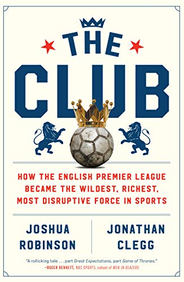
The Club by Joshua Robinson and Jonathan Clegg is an excellent overview of the rise of the English Premier League told through fascinating stories of those of involved. There is a book review on this site if anyone wants to know more. Gary Neville's recent comments about how English Football League clubs are in grave financial peril got me thinking about one of the stories in the book.
According to Neville the top tier clubs in the Premier League, and not the British Government, should bail out clubs in the lower leagues that face bankruptcy. MP Damian Collins claims this could be 10 clubs in the coming days. Huddersfield Town owner Phil Hodgkinson is far more pessimistic and told the BBC “50 or 60” ELP clubs could be forced out of the game if stadiums are empty when football returns.
The story in The Club that this reminded me of was a meeting of US-based Premier League owners in the early 2010s. I think the book recalls a meeting in a classy New York restaurant which included representatives of the Glazers, FSG and Stan Kroenke. (The book remains locked in my office so I cannot check as I still don't have access).
As the story goes, the owners of bitter rivals Man Utd, Liverpool and Arsenal met to discuss their investments. In years gone by it would have been unheard of for such a meeting to take place with local owners. But the Premier League had changed.
The US ownership model is very different. While owners compete on the pitch, they are committed to cooperating off it. In this sense sports economics is almost unique as it requires competition and cooperation. One of the topics up for discussion at the meeting? Relegation.
For many in the US this is a strange concept. It does not exist in the major leagues. Franchises that finish bottom or near the bottom are not punished by demotion to a lower league. In the Premier League, and other major football leagues, this is the ultimate punishment. For American owners, this is far from ideal. If they could, they would probably undo the 150+ year tradition of promotion and relegation, to ensure their team could never leave the paradise and riches that is the Premier League. The value of their investment would soar.
Unfortunately for them, 72 other clubs in the Football League and hundreds of others in the non-leagues would never allow this to happen. Relegation will remain. The negative consequences of this for team owners each year are there for all to see. Just ask American Ellis Short, the one-time owner of Sunderland, who endured a double relegation before selling the club. The Nextflix series Sunderland Till I Die captures the story.
So when Gary Neville calls for the Premier League clubs to rescue those in the lower leagues, I wonder about the motivations of either side. Neville is a co-owner himself of 4th tier Salford City. Naturally, he would like to see investment flowing from the top tier to the lower leagues.
But if Huddersfield Town owner Phil Hodgkinson is right, and 92 clubs were to become 42 or even fewer, this would dramatically alter the competition structure. Imagine if just 30 clubs survived. Could relegation be scrapped? Could two equal conferences emerge with a play-off system. Sounds familiar. It's the MLS and other major sports leagues in the US.
If only the Premier League survived, the owners of each club would see the value of their assets soar. Relegation would be no more. Just guaranteed top flight income and revenues indefinitely.
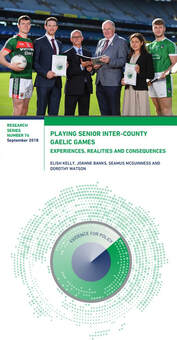
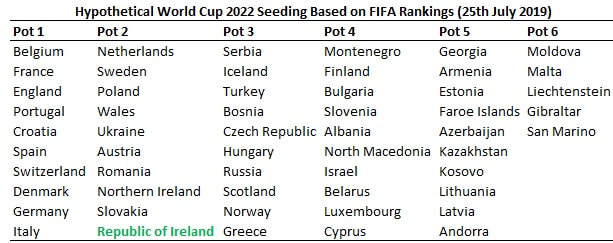

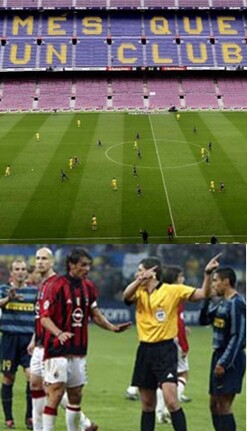







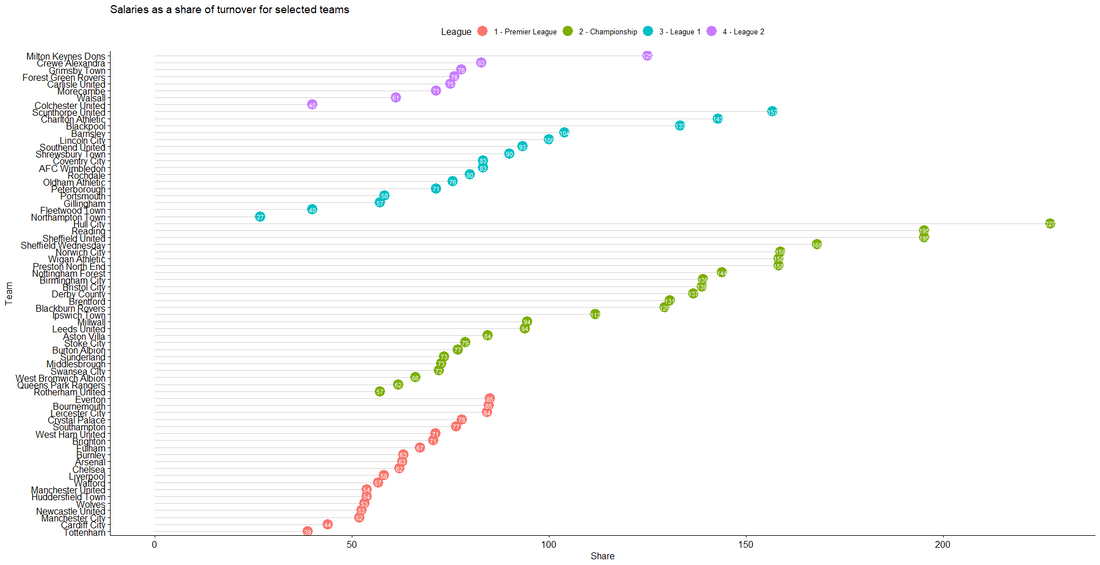
 RSS Feed
RSS Feed